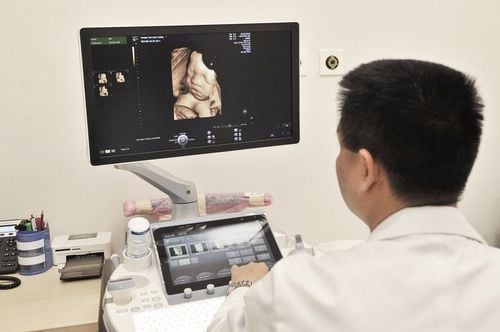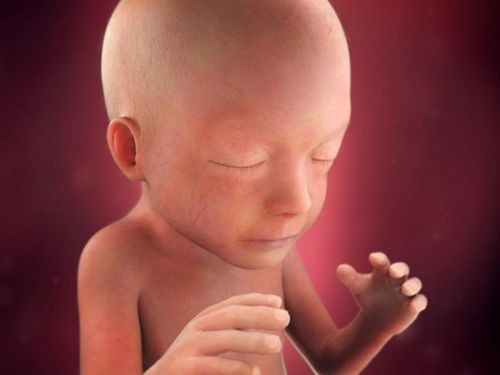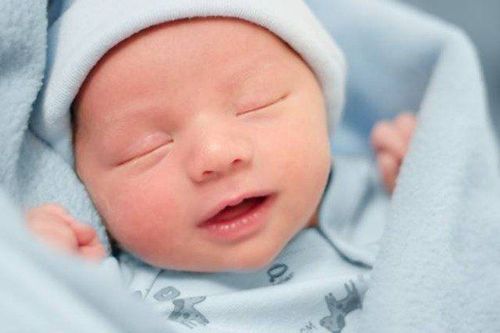This is an automatically translated article.
The article was professionally consulted with Specialist Doctor II Tran Van Trong - Department of General Surgery - Vinmec International Hospital Da Nang.Anomalies in newborns are diverse and have complex developments. Periodic antenatal check-ups and prenatal screening are necessary to detect birth defects so that early effective interventions can be taken, helping to bring a better life to the babies and their parents.
1. Overview
Neonatal malformations are severe birth defects that need to be detected early for timely treatment and surgery in the first days after birth. It can be congenital malformations that show up in the outward appearance, or it can also be visceral malformations that need a comprehensive examination to diagnose.Some malformations in newborns that need early intervention include:
Herniated masses: meningeal hernias, umbilical hernias, clefts in the abdominal wall. Malformations causing respiratory failure: Posterior nasal stenosis, esophageal atrophy, Pierre Robin syndrome, congenital heart disease, diaphragmatic hernia. Defects causing gastrointestinal obstruction: anal failure, neonatal intestinal obstruction syndrome... Genitourinary malformations: Ambiguous sex, testicular torsion, undescended testicle (in term infants)... Deformities urinary tract: Bladder exposure... Bone and joint malformations The detection of malformations in newborns depends on each stage:
Before birth: Based on risk factors (stillbirth, polyhydramnios, oligohydramnios), on diagnostic ultrasound. After birth: Through examination and evaluation of the child immediately after birth, routine examination in the first 24-48 hours.
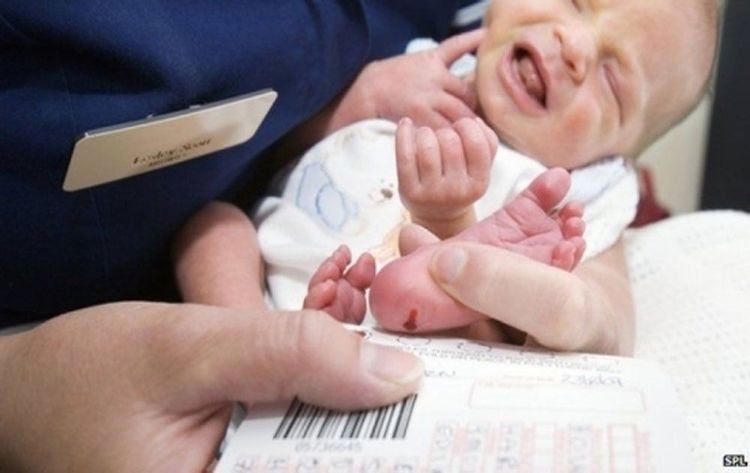
2. Common types of birth defects
2.1. Diaphragmatic hernia Diaphragmatic hernia is a severe congenital disease, with an estimated incidence of about 1 in 3,000 live births. However, it is difficult to determine the exact rate because many cases of diaphragmatic hernia have severe respiratory failure and early postpartum death without an identifiable cause. The cause of diaphragmatic hernia is still unknown. The disease can be seen in the form of a single malformation, but there are also many cases associated with defects in other organs such as heart, brain, kidney...Children with diaphragmatic hernia often have signs of respiratory failure ( dyspnea) early and severe postpartum. Some cases showed late symptoms, children showed signs of pneumonia, shortness of breath and only accidentally discovered diaphragmatic hernia when taking X-ray films.
2.2. Umbilical hernia An umbilical hernia occurs when part of the intestine protrudes through the umbilicus when there is increased intra-abdominal pressure. Umbilical hernias are very common and usually harmless, most commonly in infants. In infants, an umbilical hernia is easily noticed when the baby cries because the baby's belly button will protrude, a painless lump in or near the belly button. It may get louder when you laugh, cough, cry, or go to the bathroom, and flatten out when you relax or lie down. In many cases, the umbilical hernia sinks into the abdomen and is sealed by the abdominal wall muscles before the baby's first birthday, but it is necessary to take the child to see a pediatric surgeon for instructions on care. umbilical cord for children to avoid complications later. Umbilical hernias can also occur in adults. Without treatment, the hernia can get worse over time.
2.3. Meningeal herniation Meningeal hernia is a rare disease that occurs due to congenital defects in the hollow spaces in the vertebrae (containing the spinal cord and nerve roots) in children. Meningeal herniation is a serious medical condition, causing loss or dysfunction of nerves, affecting shape and life, leading to many different pathological risks. The early detection and intervention of meningeal hernia, which manifests as a tumor in the midline of the back of the child, usually in the sacrum-sacrum region, will help children prevent possible complications later on.
2.4. Congenital heart defects Congenital heart defects are defects that are formed during the fetal period and usually exist from the time the baby is born. It is estimated that nearly 1% of babies born alive may have heart defects. The telltale sign is a fast heartbeat; shortness of breath; poor weight gain; signs of swelling in the legs, abdomen, even eyes; pale, bluish-gray skin. Most heart defects will improve with surgery and medication.
2.5. Foot deformity is one of the most common musculoskeletal abnormalities in infants. After giving birth from 24-48 hours, the mother needs to observe the baby's foot movements, if there are abnormalities, she should see a specialist. Children with foot deformities are sometimes accompanied by other malformations such as hip dysplasia, congenital polyarticular stiffness, knee flexion, neck curvature, clubfoot...
Infantile foot deformities need If detected and treated early to achieve the best results, late detection or improper treatment will affect the child's aesthetics and later motor development.
3. Notes when taking care of children with deformities
When caring for children with birth defects, the following should be noted:Diaphragmatic hernia: Absolutely do not squeeze the balloon through the mask, if respiratory support is required, intubation must be performed. Atrophic intestinal malformations: Complete fasting and nasogastric drainage. Atrophy of the esophagus: Completely fasting, placing the child in the supine position, continuously sucking sputum. Umbilical hernia: when transferring the child, make sure the hernia is covered with a sterile bandage and covered with a plastic bag or cling film (to prevent fluid loss). The child fasted completely and had a nasogastric tube in place. Meningeal hernias and other hernias should also be covered with a sterile dressing. Pierre Robin syndrome: The infant is placed on the stomach with the head tilted to the side. Deformities of bones and joints need to pay attention to fix well when transporting.
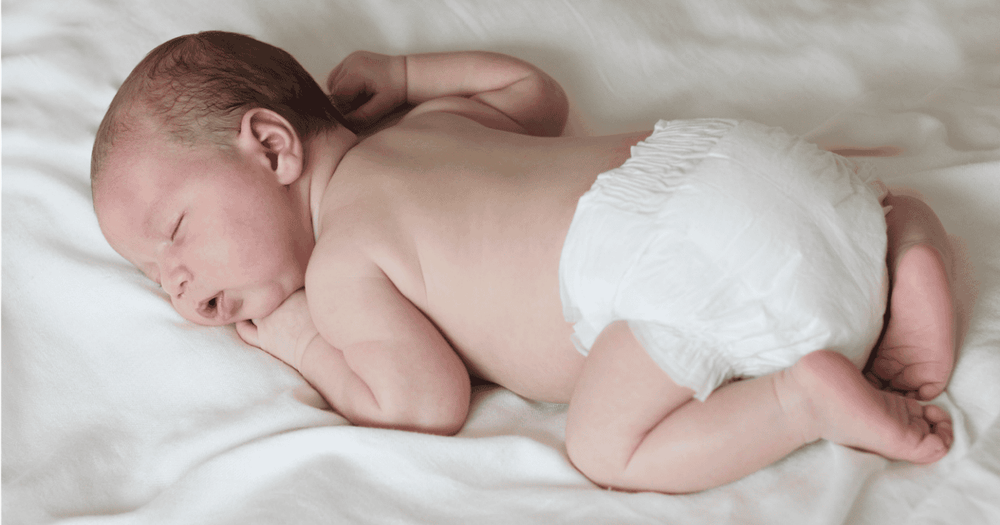
4. How to avoid it
According to statistics, 1 out of every 33 children born will have birth defects. Most birth defects in newborns usually occur in the first 3 months of pregnancy, some other defects may appear later. Therefore, prenatal screening and newborn screening are extremely important. Pregnant women need to be cared for, consulted and periodically examined for antenatal care, and must follow a nutritious diet and foods rich in folic acid. If in the first 3 months of pregnancy, if you have certain illnesses such as flu or rubella, you should consider stopping the pregnancy or have regular prenatal screening to monitor the development of the fetus.Currently, Vinmec International General Hospital applies prenatal and newborn screening methods. These include advanced prenatal screening methods such as Non-Invasive Prenatal Screening. Compared with traditional methods, non-invasive prenatal screening (NIPT) gives more accurate results (especially for Down syndrome), and reduces the proportion of pregnant women who are indicated for amniocentesis. necessary. The outstanding advantage of this method is that it is non-invasive and can be carried out as early as the 9th week of pregnancy. In addition, 100% of babies born at Vinmec are screened for hearing and other newborn screenings.
To learn about Prenatal and Newborn Screening, as well as the all-inclusive Maternity care program at Vinmec International General Hospital.
Please dial HOTLINE for more information or register for an appointment HERE. Download MyVinmec app to make appointments faster and to manage your bookings easily.






